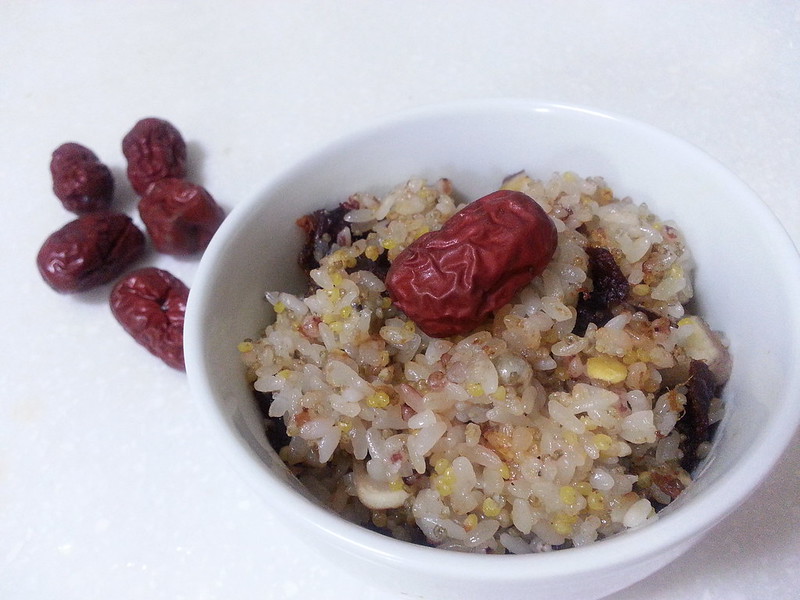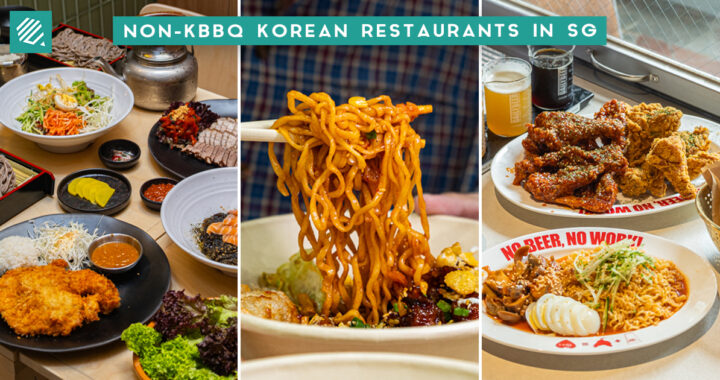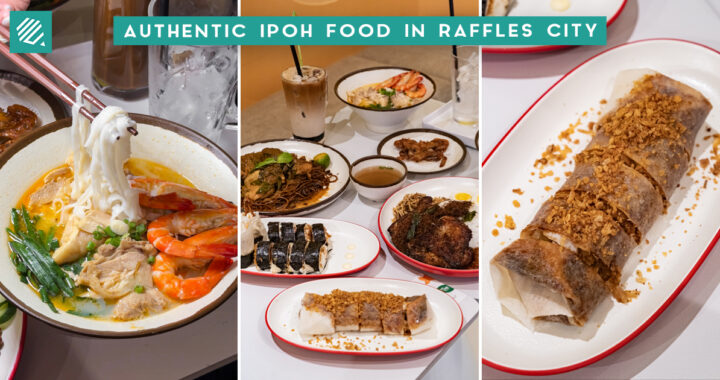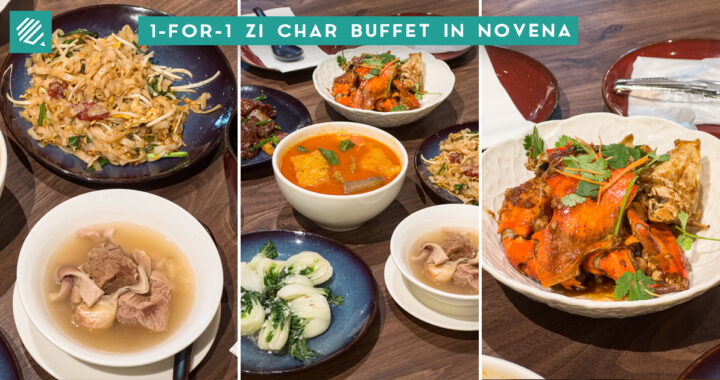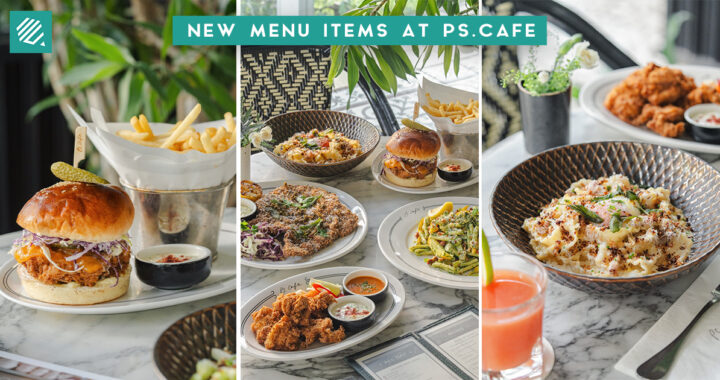The word for rice in Korean is 쌀 (Ssal), which generally refers to uncooked rice. But once cooked, the word changes to 밥 (Bap). The word not only refers to cooked rice but can also be used to represent an entire meal.
Here are some of the types of rice seen in Korea.
White Rice
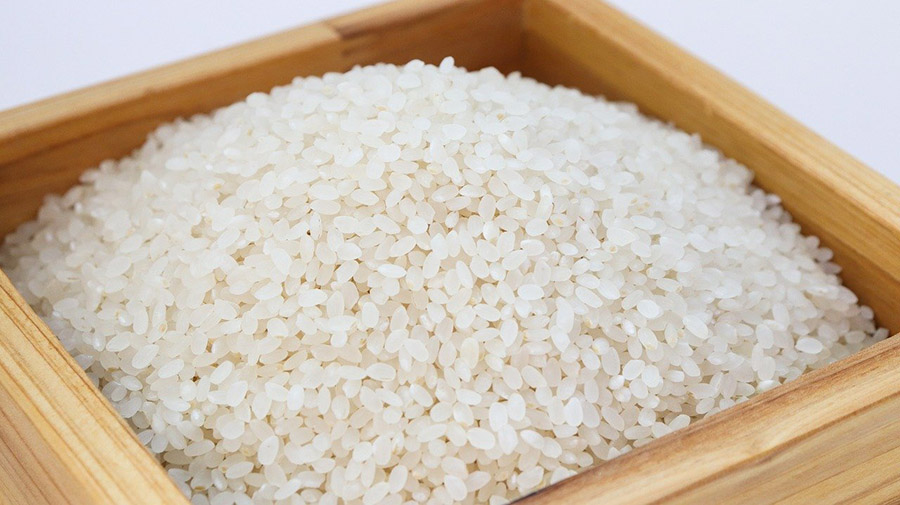
Usually known as 백미 (Baekmi) in Korea, short-grain white rice is the most common type of rice seen in Korea.
Unlike the rice we usually see in Southeast Asia, such as jasmine rice or basmati rice which have longer grains, Korean white rice is shorter and rounder.
If you are living alone or settling meals for yourself, an easy way to get cooked white rice is through the widely available instant white rice by CJ Hetbahn. These can be found in local Korean marts and supermarkets.
Brown Rice
Brown rice or 현미밥 (Hyunmi-bap) is basically rice that contains brown rice. It can be made using a 50-50 ratio of white rice to brown rice, or with 100% brown rice.
Another type of brown rice is the germinated brown rice (발아현미밥 bara-hyunmi-bap), which uses unpolished brown rice that is germinated. This kind of rice is said to contain higher levels of nutrients.
All of these versions of brown rice are available in instant form as well.
Barley Rice
보리밥 (Bori-bap) or Barley rice, is adding barley to rice. It can be a combination of brown rice with barley or white rice with barley. Some versions even use glutinous rice as the base for barley rice.
As for the type of barley, you can either use pearled or pressed barley. However, do note that barley contains more dietary fibres than rice, which requires more water and cooking time than normal rice.
Some recipes boil the barley before adding it to raw rice and then cooking it in the rice cooker for a better texture, and to ensure that the barley is cooked thoroughly.
Multigrain Rice
Also known as 잡곡밥 (Japgok-bap) in Korean, Multigrain rice is, well, rice with multiple types of grain.
The most common grains used in making multi-grain rice are sorghum and millet. Beans are often used as well, such as red beans, black beans or chickpeas.
The reason why the rice appears purplish in colour is because of the addition of black rice. So if ever come across restaurants serving you purple coloured rice, you immediately can tell that they’ve added black rice into the rice.
The easiest way to make multigrain rice is to add pre-packaged grains into white rice or brown rice, just like this one available at Koryo Mart.
If not, there is also an instant version available by CJ Hetbahn.
Five Grain Rice
Five Grain Rice or 오곡밥 (Oguk-bap) falls under the multi-grain rice category since it’s essentially rice cooked with grains.
It is usually made with glutinous rice, red beans, black beans, millet, and sorghum.
Five Grain Rice is also usually eaten on the day of the Lunar New Year’s full moon (Jeongwol Daeboreum), along with various dried vegetables and nuts.
Soybean Sprout Rice
Basically, rice cooked with soybean sprouts, 콩나물밥 (Kongnamul-bap) is an easy and comforting dish for many Koreans.
The cooked soybean sprout rice is usually mixed with a simple sauce, kimchi, and even stir-fried meat for a simple and delicious meal.
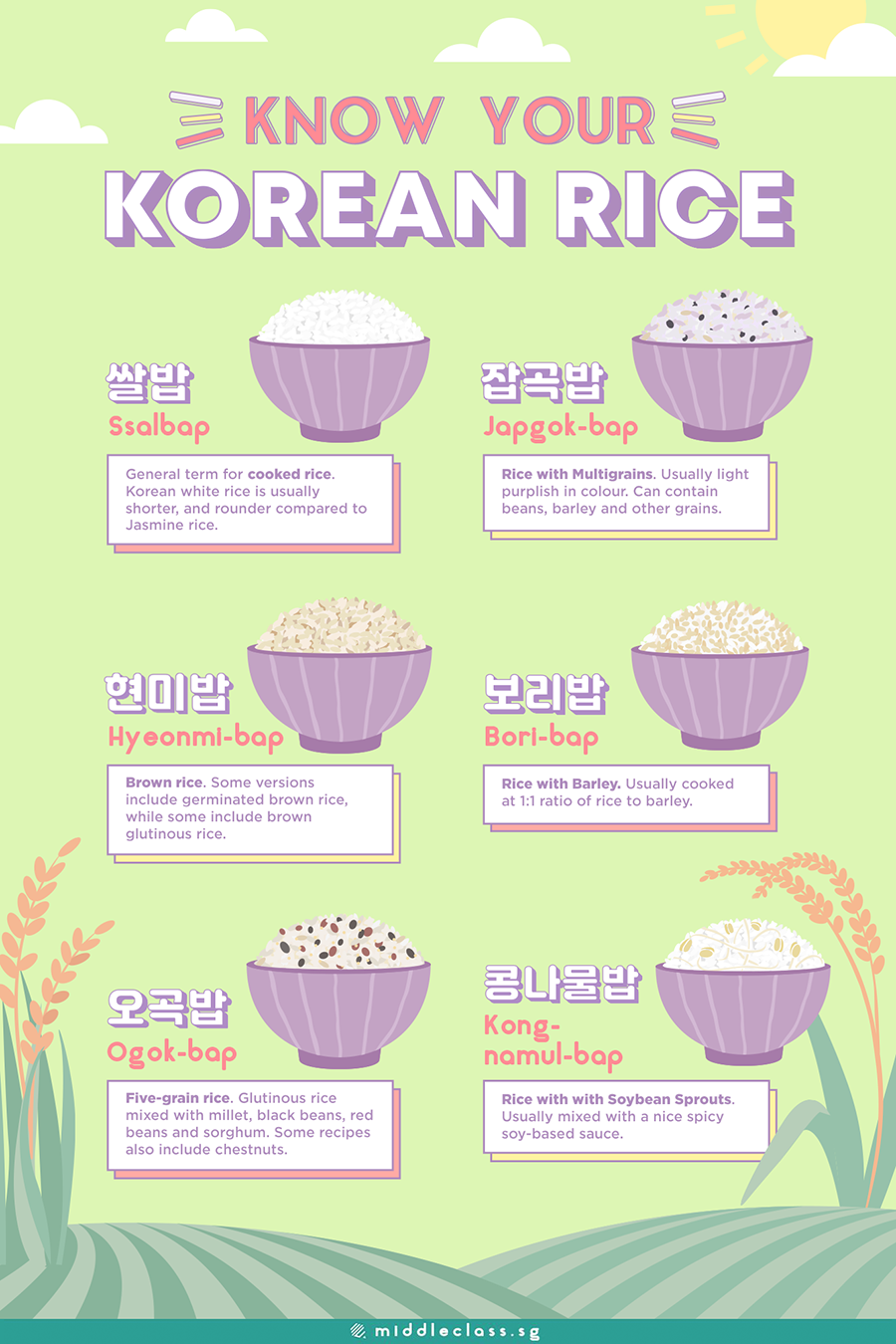
Instant Korean Rice
Thanks to the Korean wave, we can now easily find instant Korean rice in supermarkets such as NTUC and Cold Storage. They are also easily available in Korean marts and online e-commerce platforms such as Shopee, Lazada and Qoo10.
Instant Korean rice is a great option for quick meals, especially for those dining alone at home. The best thing about the CJ Hetbahn series of microwaveable instant rice is that they do not contain any preservatives and can be kept for nine months at room temperature. Oh, and they taste great too.
*Follow MiddleClass.sg on Facebook, Instagram and Telegram for more food, travel and trending stories!


